This article relies largely or entirely on a single source .(December 2019) |

Douwe de Hoop (24 March 1800, Workum - 27 October 1830, Amsterdam) was a Dutch painter and draftsman.
This article relies largely or entirely on a single source .(December 2019) |

Douwe de Hoop (24 March 1800, Workum - 27 October 1830, Amsterdam) was a Dutch painter and draftsman.
His father, Jan de Hoop, was a wood miller. His family wanted him to pursue a career in commerce, but he chose to go against their wishes and become an artist. [1]
His initial lessons came from Joost Zeeman (1776-1845), a local painter who specialized in still-lifes. He then became apprenticed to Cornelis Kruseman in Amsterdam. This was followed by advanced instruction at the Rijksakademie van beeldende kunsten. During his stay there, he won several awards. At first, he focused on still-lifes, but expanded into portraits and genre scenes, generally lit by candles or lamps; a style that was very popular for a time. Later, he taught Petrus Kiers, who would be considered the master of candlelight painting. He also made sketches of the February flood of 1825, many of which were made into prints.
His oeuvre is relatively small, due to his early death at the age of thirty. His work may be seen at the Rijksmuseum, the Fries Museum and the Fries Scheepvaart Museum.

Middelburg is a city and municipality in the south-western Netherlands serving as the capital of the province of Zeeland. Situated on the central peninsula of the Zeeland province, Midden-Zeeland, it has a population of about 48,000.
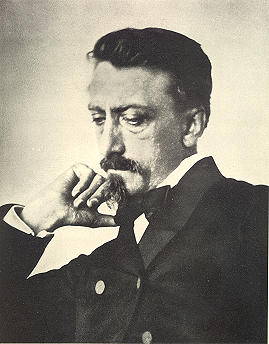
Eduard Douwes Dekker, better known by his pen name Multatuli, was a Dutch writer best known for his satirical novel Max Havelaar (1860), which denounced the abuses of colonialism in the Dutch East Indies. He is considered one of the Netherlands' greatest authors.

Willem Kalf was one of the most prominent Dutch still-life painters of the 17th century, the Dutch Golden Age. We first get acquainted with Willem Kalf through Arnold Houbraken, in his Groot Schilderboek, who speaks very highly of him. In fact, Kalf was a highly regarded and celebrated artist during his own lifetime. This was due to his extensive art knowledge and what we gain from Houbraken, his affable personality. His claim to fame now rests mostly on his mature still lifes, pronkstilleven in Dutch, which feature the most exotic and luxurious objects. This can be seen in for example, Still life with nautilus beaker and porcelain lidded bowl from 1662, which became an iconic piece of western art.
Alphonse Josef De Cuyper (1887–1950) was a Belgian sculptor and painter from Heverlee, Leuven.

Willem Arnoldus Witsen was a Dutch painter and photographer associated with the Amsterdam Impressionism movement.

François-Joseph Kinson, was a Flemish painter.
Hermanus (Herman) Berserik was a Dutch painter and print maker. He was a member of the Pulchri Studio in The Hague. He studied art at that city's Royal Academy of Art, where his teachers included Willem Schrofer, Willem Jacob Rozendaal, and Rein Draijer.
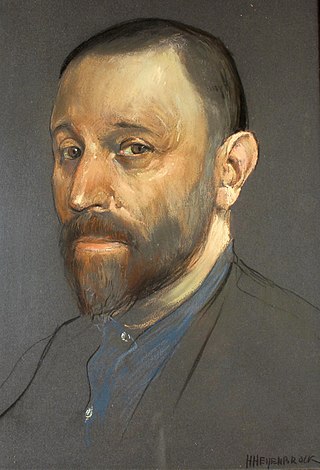
Herman Heijenbrock, was a Dutch writer, painter, pastel draughtsman, and lithographer. He founded the "Museum van den Arbeid" in 1923, which later became NEMO Science Museum.

Eelke Jelles Eelkema was a Dutch painter of landscapes, flowers, and fruit. He was born at Leeuwarden as the son of a merchant. On account of his deafness, which was brought on by an illness at the age of seven, he was educated in the first Dutch institution for the deaf and dumb at Groningen (1799). The Flemish Gerardus de San, first director of the Academie Minerva, instructed Eelkema in the art of drawing.
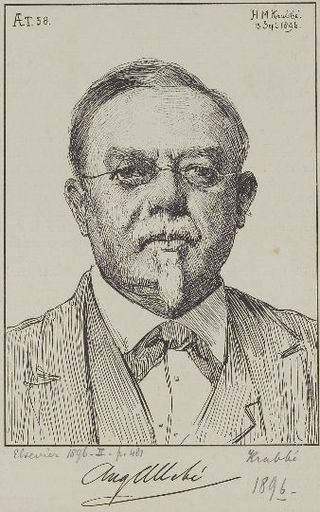
August Allebé was an artist and teacher from the Northern Netherlands. His early paintings were in a romantic style, but in his later work he was an exponent of realism and impressionism. He was a major initiator and promoter of Amsterdam Impressionism, the artist's association St. Lucas, and the movement of the Amsterdamse Joffers. Amsterdam Impressionism – sometimes referred to by art historians as the School of Allebé – was the counterflow to the very strong Hague School in the movement of Dutch Impressionism. As a professor at the Royal Academy of Amsterdam he fostered a cosmopolitan attitude toward art and the promotion and motivation of his students, and provided a significant stimulus to developments in modern art.

Petrus Kiers was a Dutch painter, graphic artist and photographer. He created portraits, still-lifes and cityscapes, but he is best known for his genre scenes, lit by lamps or candles.

Pieter Abramsen was a Dutch sculptor, and visiting professor at the Delft University of Technology, known for his work in which abstraction and realism are joined.

Marinus Adrianus Koekkoek, known as The Younger was a Dutch animal painter, who specialized in birds. He is referred to as "the younger" to distinguish him from his great-uncle, the landscape painter, Marinus Adrianus Koekkoek, after whom he was named.
Teunis (Teun) Jacob was a Dutch wall painter and sculptor, who lived and worked in Rotterdam since the early 1950s. He made both figure and nonrepresentational art.

Matthijs Nicolaas Röling is a Dutch painter, active as graphic designer, wall painter, painter, draftsman, lithographer, pen artist, etcher, and academy lecturer. He is considered a kindred spirit of the 3rd generation of the Dutch Group of figurative abstraction. Röling is described as the "figurehead of contemporary figurative painting in the Netherlands."
Daniël (Daan) van Golden was a Dutch artist, who has been active as a painter, photographer, collagist, installation artist, wall painter and graphic artist. He is known for his meticulous paintings of motives and details of everyday life and every day images.
Wouter Bernard (Wout) van Heusden was a Dutch graphic artist, who also worked as etcher, lithographer, manufacturer of woodcuts, painter, draftsman, and painters.
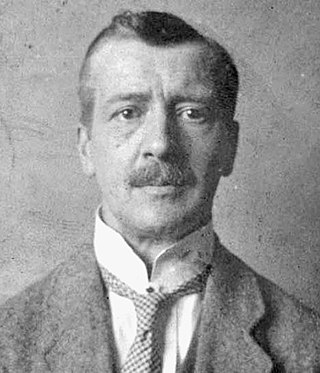
Hermanus Willem Koekkoek was a Dutch painter, illustrator and watercolorist. He worked in several genres, but is best known for his military art.

Livinus van de Bundt was a Dutch artist, who called himself Livinus. Initially a painter and graphic artist, he was the founder of an art academy and later became a pioneer of light art and video art.
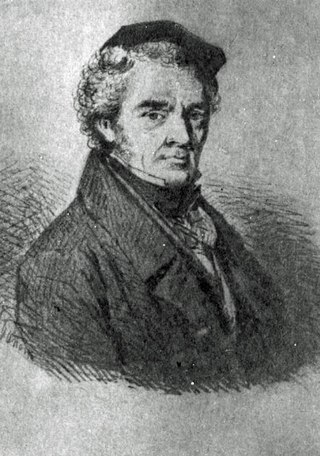
Casparis Haanen was a Dutch painter, paper cutter and draftsman.